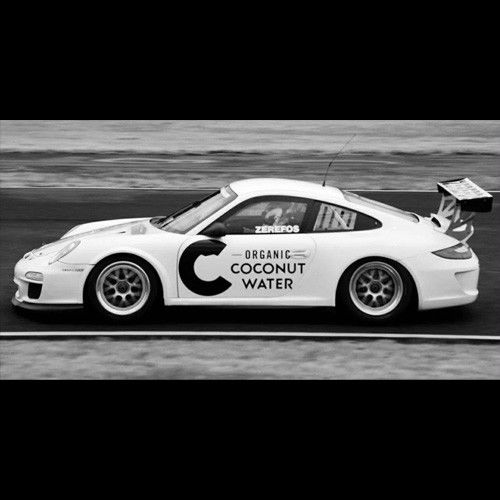

Parity between the Ford and Chevrolet has resurfaced as paddock talking point in recent rounds, although unlike last year it’s not been a one-way affair.
As early as the Perth SuperSprint there was chatter that the Mustangs had an edge, before leading Camaro squads enjoyed the upper hand at the Darwin Triple Crown.
In the last two outings it’s been Ford’s top teams back in control with Tickford Racing, Grove Racing and Walkinshaw Andretti United sharing the wins.
Tickford and WAU have been particularly quick across the Townsville and Sydney events with Cam Waters and Thomas Randle combining for four podiums across the four races and Chaz Mostert on the podium all four times.
The upswing in Ford success has coincided with a slight dip in form for Triple Eight, although series leader Will Brown did manage a third in Townsville on the Saturday and a third in Sydney on the Sunday, the only Camaro appearances on the podium since Darwin.
Representatives from Tickford, WAU and T8 were asked about parity, and the circuit-specific nature of recent results, following the second race in Sydney, with none airing any particular gripes.
According to Tickford co-owner Rod Nash, different teams winning races is a sign that parity is well-balanced.
“I think it was the recipe all along for Gen3 to deliver, the chance for all teams to be able to have a crack,” he said. “I think that’s becoming more realistic, now.
“We’ve seen multiple winners now across teams, and that’s what it’s all about. I feel that the opportunity is there for everybody.”
WAU team principal Carl Faux said it was different set-ups, more than the two brands, contributing to results.
“Yes, it’s a Gen3 car; the suspension is all the same among them all,” he said. “But every team has got a slightly different flavour of set-up in there.
“That’s what’s allowing us to have some good racing at the minute. That’s pretty good.”
Triple Eight team manager Mark Dutton said he wouldn’t allow his engineers the excuse of thinking circuits, or parity, were decisive factors.
I don’t really like to think, at this stage, there’s a Ford or a Chevy track,” he said. “That gives your engineers excuses.
“So thinking that if we do the best job we can, we can win at every track, that’s how we approach the weekends.”
What is expected to be the final stage of parity testing, the transient dyno work in the US, is set to begin soon with manufacturer and series staff already on the ground.




















Discussion about this post